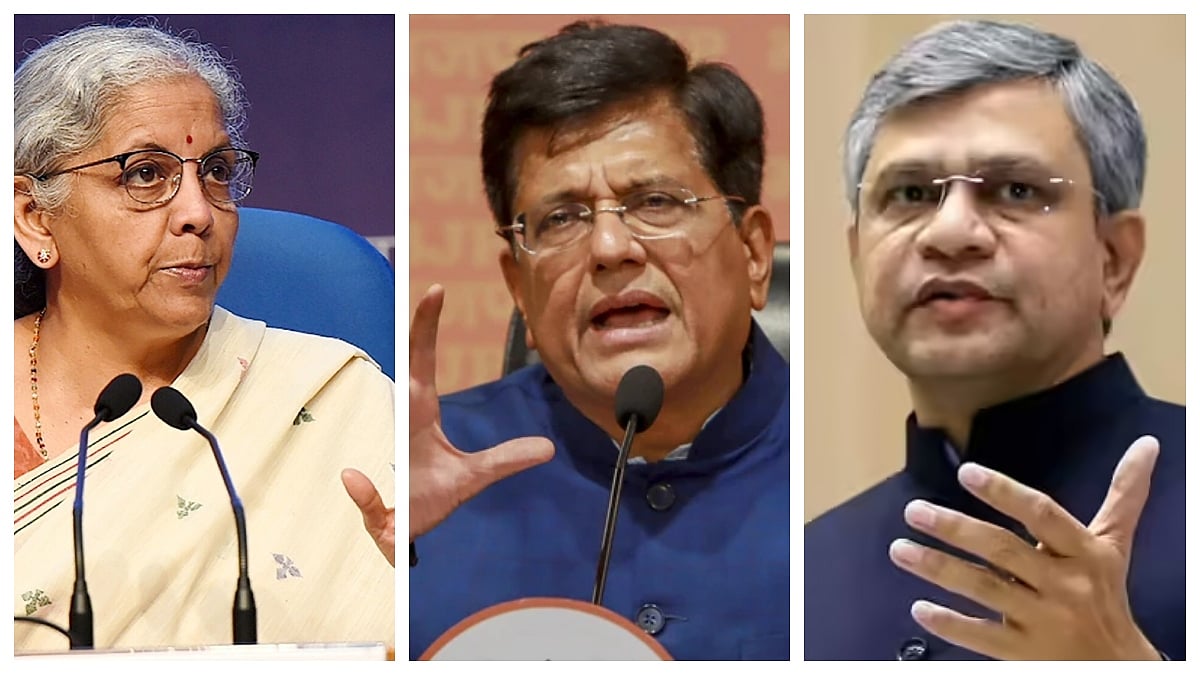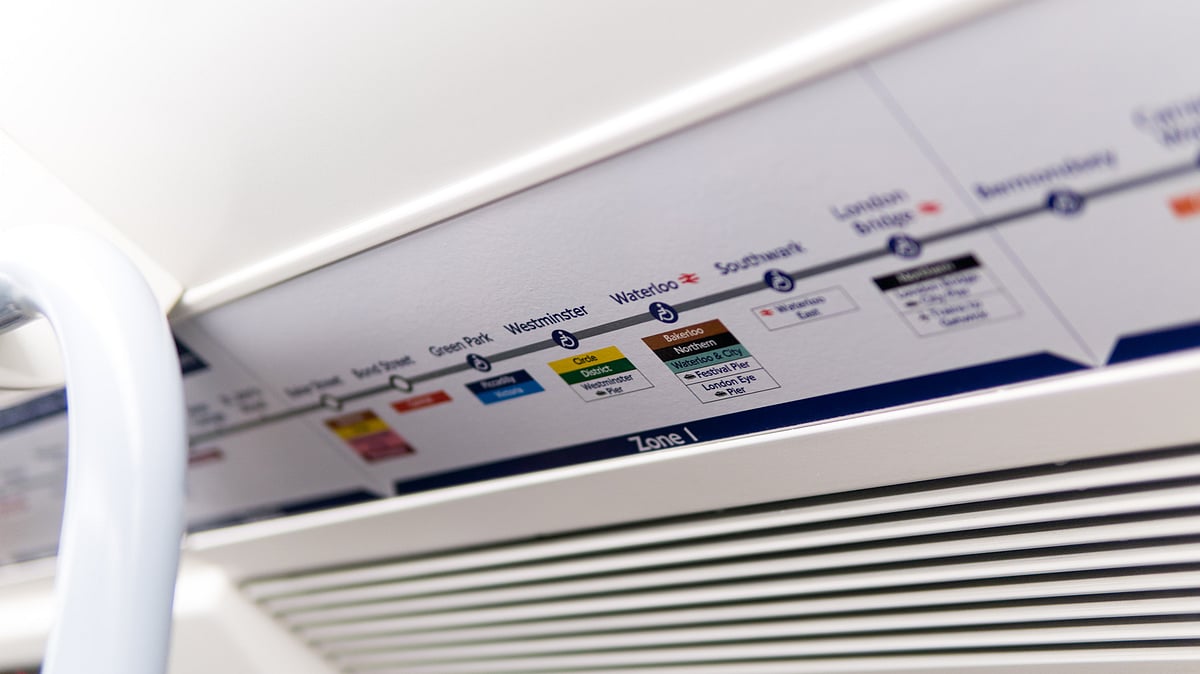The Yes Bank crisis was an accident waiting to happen since the global economic recession of 2008. On Thursday, when the Reserve Bank of India announced that Yes Bank customers will not be allowed to withdraw nothing more than Rs 50,000 (other than in extreme circumstances), there was a lot of panic, with even the stock markets crashing below 1,000 points on Friday morning.
Rahul Gandhi, who was protesting in the national capital today, even tweeted criticizing the central government. “No Yes Bank. Modi and his ideas have destroyed India’s economy (sic),” he tweeted.
But what exactly happened at Yes Bank? How did a bank that was once considered a six-sigma bank end up in this situation? We take a look at the timeline of the bank
2003: Yes Bank is founded by Rana Kapoor and Ashok Kapur. While Kapur is more conservative, Kapoor is the more aggressive of the two
April 2008: The world witnesses an economic crisis with the global recession. Markets get into panic mode. However, while India weathered it out during this time, a lot of loans were easily given to companies who appeared as if they could return the money, but eventually could not
November 2008: Ashok Kapur is killed in the 26/11 terror attack
2008-2017: Yes Bank starts giving loans to both companies and individuals. According to a 2019 Outlook Money report, “If nobody will lend you money, Rana Kapoor certainly will. Many an industrialist has lived for a good part of the last decade or more with this unshakeable belief.” Those taking the loan from the bank were required to pay an upfront fee, which in turn was used to run the bank.
2015: Rana Kapoor backs PM Narendra Modi’s economic policies. Says, “Modinomics is now becoming Modi-momentum."
2016: Narendra Modi government announces demonetization. Puts a blanket ban on Rs 500 and Rs 1,000 notes. Replaces it with Rs 2,000 notes and Rs 500 notes. RBI starts introducing new currency notes as well. People return their old notes to RBI. However, RBI realizes that number of notes printed by them is not proportionate to the number of notes returned.
August 2018: RBI gives Yes Bank a nod to continue with Rana Kapoor until further notice
September 2018: Yes Bank seeks RBI nod to extend Kapoor’s term to April 2019
October 11, 2018: Yes Bank appoints Korn Ferry, an advisory firm to appoint a new CEO
October 24, 2018: RBI refuses to extend Kapoor’s term
November 14, 2018: Ashok Chawla, Vasant Gujarathi step down from the board
November 20, 2018: Yes Bank’s rating goes down, following rating agency Moody’s analysis
March 2019: Ranveet Gill takes charge of Yes Bank as MD and CEO
April 2019: Yes Bank comes under Sebi probe over insider trader
June 2019: Yes Bank is in discussions with private equity firms Advent International and Apax Partners to raise as much as Rs 3,000 crore.
July 2019: Bank shares slump 19 per cent
September 2019: Rana Kapoor sells 2.75 per cent stake in Yes Bank
March 5, 2020: The government has approved a plan for State Bank of India to form a consortium that will buy a stake in the debt-ridden private bank










